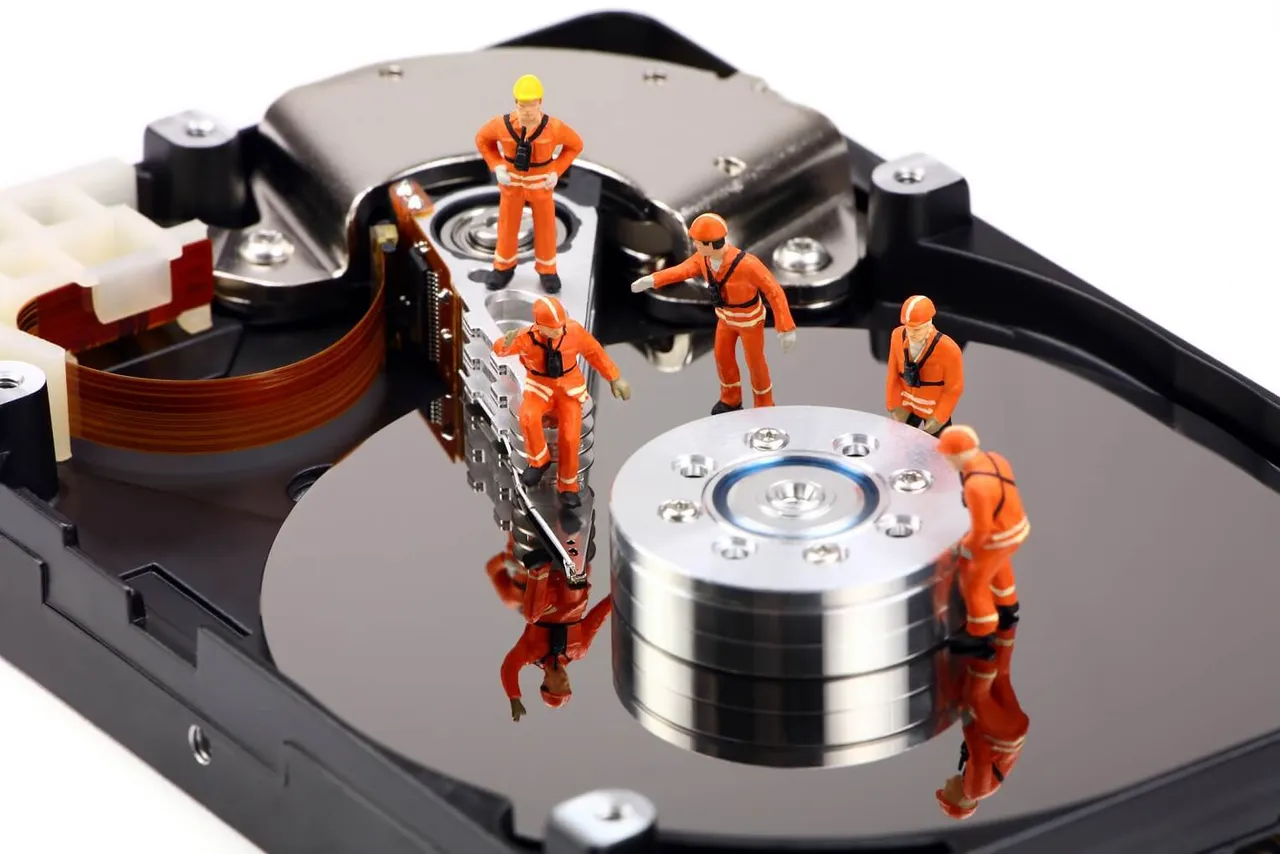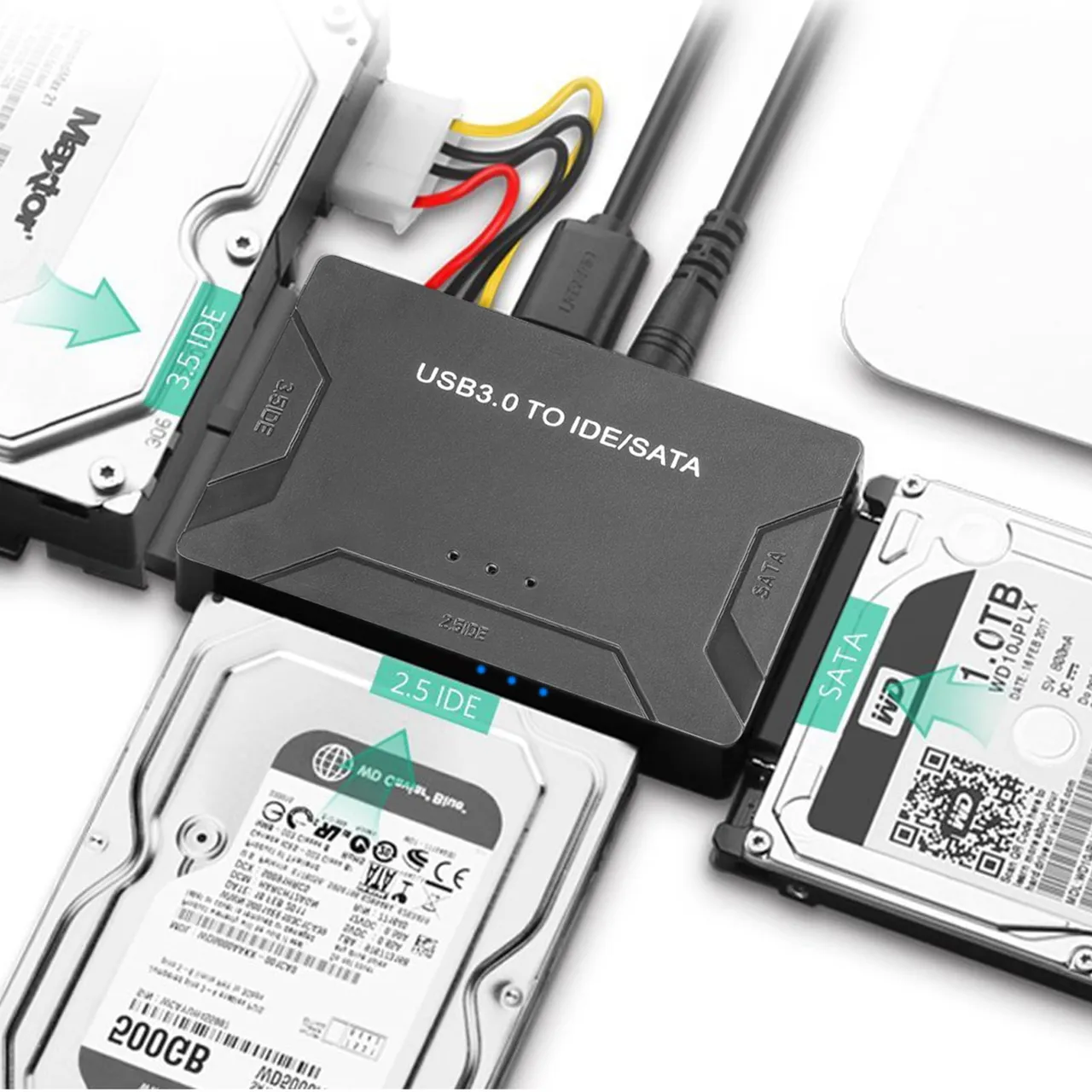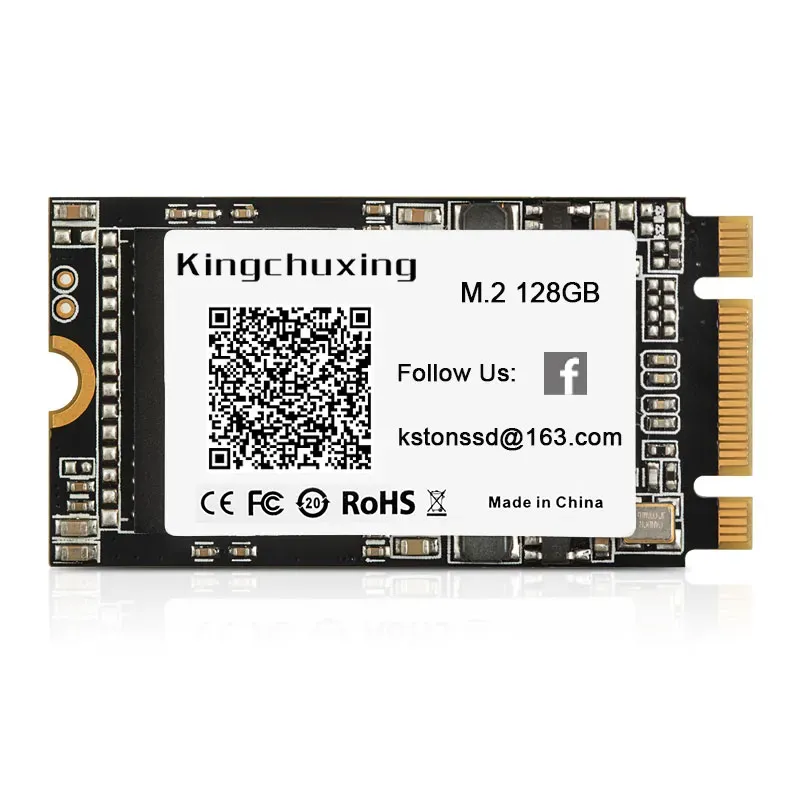
Hard drives are an essential part of any computer system, and they have evolved significantly over the years. One key aspect of this evolution has been the development of different hard drive interfaces, which are used to connect the hard drive to the computer's motherboard. Let's take a closer look at the different hard drive interfaces that have been developed over the years.

IDE (Integrated Drive Electronics) was the first widely-used hard drive interface. It was introduced in the late 1980s and was designed to simplify the installation and use of hard drives in personal computers. IDE drives connect to the motherboard through a 40-pin cable and use a single cable to connect two devices. IDE was widely used in the 1990s and early 2000s, but it has been largely replaced by newer interfaces in more recent years.

SATA (Serial ATA) is the most widely-used hard drive interface today. It was introduced in the late 1990s and replaced IDE as the primary interface for hard drives. SATA drives to connect to the motherboard through a 7-pin data cable and a 15-pin power cable. SATA drives offer faster data transfer speeds and improved reliability compared to IDE drives, and they are available at several different speeds.

M.2 is a newer hard drive interface that was introduced in the early 2010s. It is designed specifically for solid-state drives (SSDs) and provides a faster and more efficient way to connect SSDs to computers. M.2 drives are small and compact, and they connect to the motherboard through a slot on the board. M.2 drives use the NVMe interface for data transfer, which provides even faster data transfer speeds compared to SATA drives.

NVMe (Non-Volatile Memory Express) is a newer hard drive interface that was also introduced in the early 2010s. It is designed specifically for solid-state drives (SSDs) and provides a faster and more efficient way to access data stored on SSDs. NVMe uses a high-speed interface to connect the SSD to the computer, which provides faster data transfer speeds and improved performance compared to traditional hard drive interfaces. NVMe is now the standard interface for high-performance SSDs and is supported by a wide range of computers and motherboards.

In summary, hard drive interfaces have evolved significantly over the years, with IDE being the first widely-used interface, followed by SATA, M.2, and NVMe. SATA is the most widely-used interface today, but M.2 and NVMe are now the standard for high-performance storage solutions. As computer technology continues to advance, we can expect to see further innovations in hard drive interfaces, with faster data transfer speeds, improved reliability, and other features that enhance the performance and capabilities of our computers.

